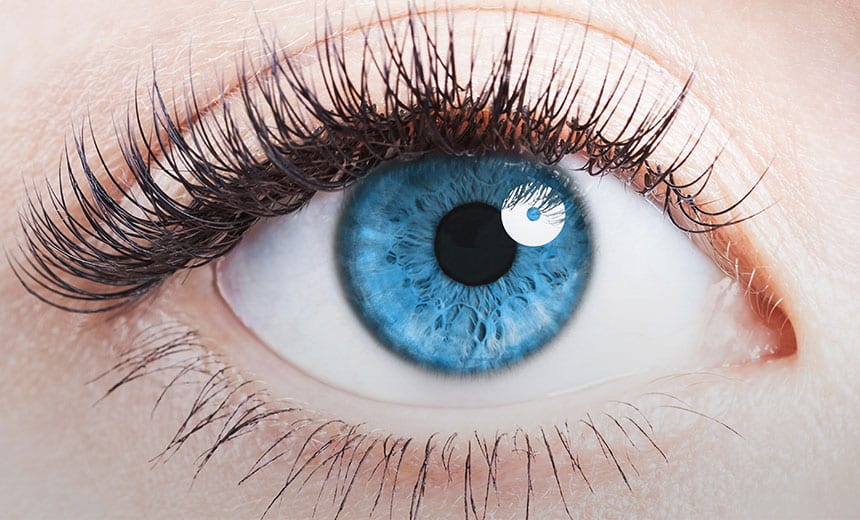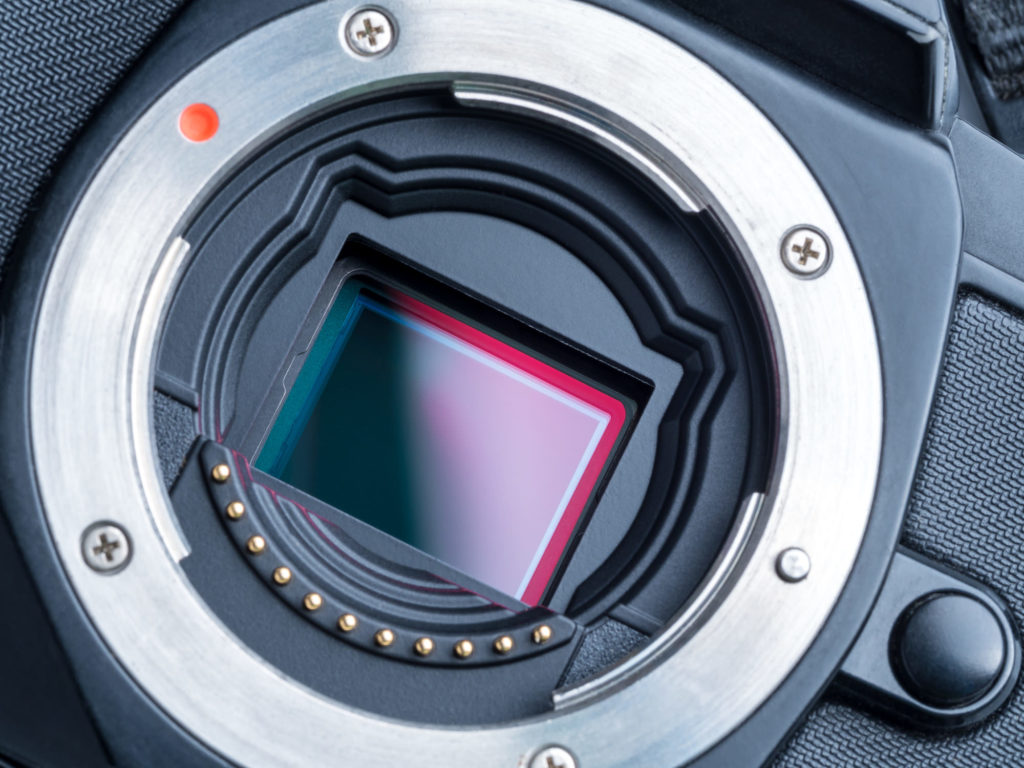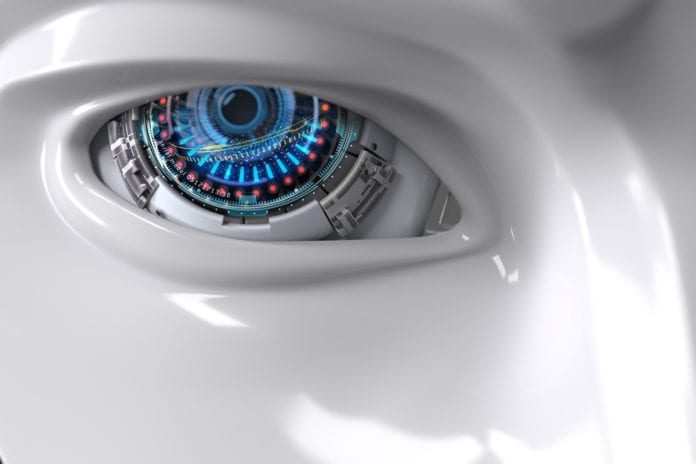Human eyes are a very important sensory component of the body. Like all other organs in the body, the eye is also a biological marvel that can function with high effectiveness. A lot of the human body parts are very efficient and capable of doing the jobs they are assigned.
Organs like the Heart can pump blood without ever getting tired. This has inspired scientists to look towards such biological components for inspiration to create their artificial contemporaries. The field of biotechnology has made great strides in trying to reconcile the two very different fields of biology and technology.

A new artificial eye has been making the headlines. The artificial eye is perhaps a giant leap in terms of our technological capabilities. The device, which has been designed to mimic the human eye structure, is comparable to the real thing in almost all aspects.
It is almost as sensitive to light and has a faster reaction time than its biological counterpart. However, the device doesn’t make any substantial improvements in terms of capabilities when compared to the normal eye. Things like infra-red scanners and zoom capabilities, which we are used to seeing in the movies, are still a matter of science fiction.
This does not mean that there is no scope for improvement in the device. Researchers have published that the device has huge potential for sharper vision than what the normal eyeballs can provide. The device mimics the human eye, which can view the world in high-resolution because of the dome-shaped retina. The retina contains light-detecting cells that send signals to the brain when light falls on them. The device mimics this retina with a curved aluminium oxide membrane. The membrane is littered with nano-size sensors made of perovskite, a light-sensitive material.
The human eye can sense changes in lighting within 40 to 150 milliseconds, and the artificial device improves upon that by a huge margin. The artificial eyeball can register these changes within 30 to 40 milliseconds. The field of view of the artificial eye is considerably less than the real one, 100 degrees compared to the 150 degrees of the biological eye. However, it is a big improvement over the 70 degrees range of flat imaging sensors.

The artificial retina has a sensor density of 460 million sensors per square centimetre, which a big improvement over the sensor density of the biological eye, which is 10 million sensors per square centimetre. However, the artificial eye is unable to utilize the higher sensor density because of the thickness of the wires which connect to them. The wires are a millimetre in diameter, which means a single wire touches a lot of sensors, which results in a low-resolution image.
The researchers are trying to work around this shortcoming and are trying to come up with solutions that could give the device superhuman sight. Even without the superhuman sight, the device in its current state is a marvel of science and engineering and could prove to be quite useful in the future in a wide variety of fields.
Further Reading:


